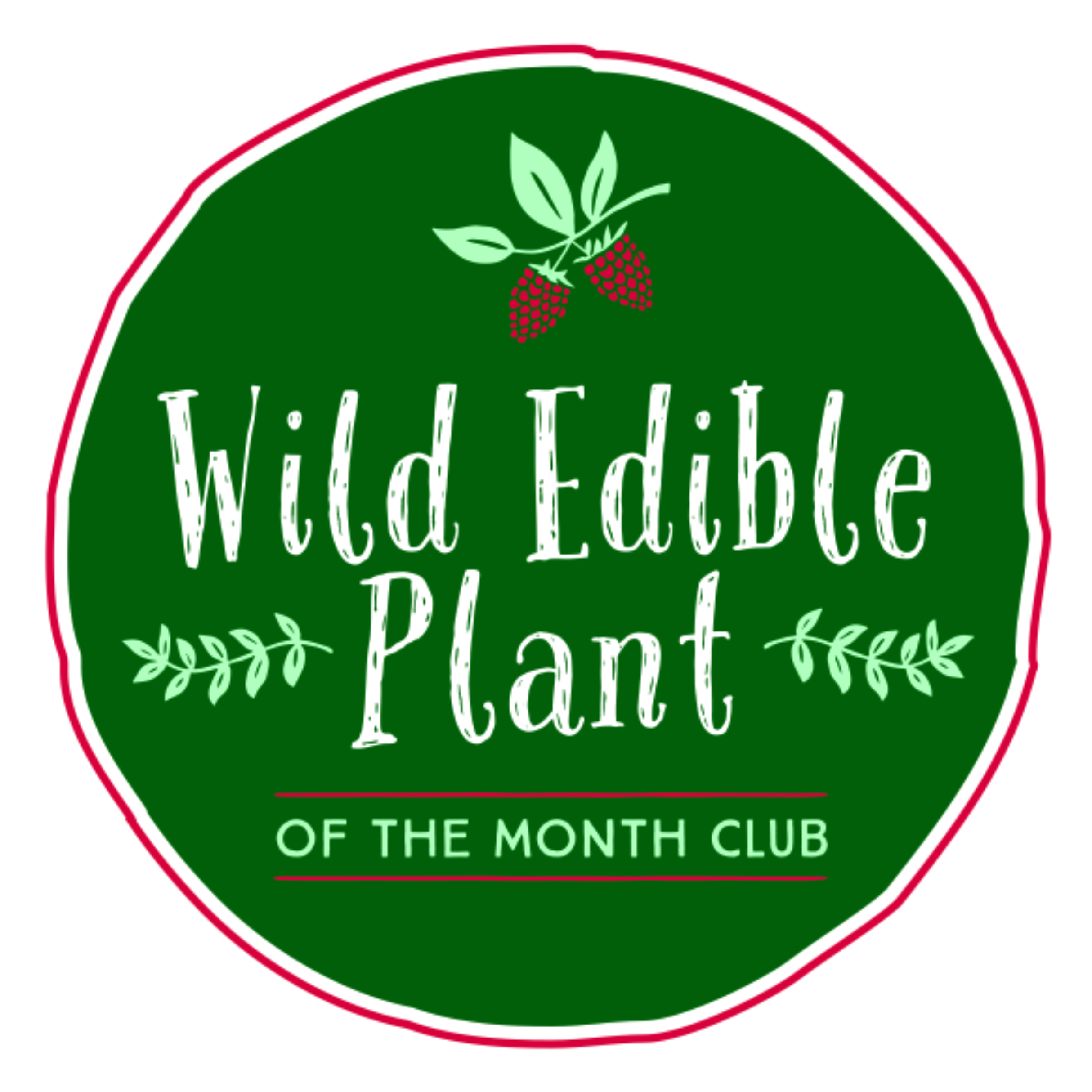Common Dayflower: Commelina communis
Scientific Name: Commelina communis
Common Names: Common Dayflower, Asiatic Dayflower, Widow's Tears
Family: Commelinaceae
Native Region: The Common Dayflower is native to East Asia, including China, Japan, and Korea.
Habitat: This plant can be found in a variety of habitats, including moist meadows, open woodlands, and along roadsides. It prefers areas with partial shade and damp soil.
Leaf Shape: The leaves of the Common Dayflower are lanceolate in shape, which means they are elongated and somewhat lance-like.
Leaf Margin: The leaf margin is smooth and entire, without any serrations or lobes.
Leaf Arrangement: The leaves are alternate, meaning they are arranged singly along the stem and not directly opposite each other.
Flower Description: The flowers of the Common Dayflower are small, with three petals: two bright blue or violet-blue petals that are showy and one smaller, inconspicuous white petal. The petals are unequal in size, and the larger two petals are joined at their bases, forming a distinctive "2+1" arrangement. The flowers are short-lived, typically lasting for only one day, hence the common name "Dayflower."
Plant Height: This plant typically grows to a height of 12 to 24 inches (30 to 60 cm).
Life Cycle: The Common Dayflower is an annual plant, completing its life cycle within a single growing season.
Interesting Facts:
The Common Dayflower's name "Commelina" honors the Dutch botanist Jan Commelijn and his nephew Caspar Commelijn.
The blue petals of the flower are thought to resemble the bonnets worn by Dutch women in the 17th century, which led to the plant's common name "Widow's Tears."
The flowers are edible and can be used as a garnish in salads or other dishes.
It is considered a weed in some regions due to its ability to spread rapidly.
The plant has been used in traditional medicine in some cultures for its potential diuretic properties.
Edible Parts: The flowers of the Common Dayflower are edible.
Taste: The flowers have a mild, grassy flavor.
Harvesting: The flowers can be harvested when they are fully open and vibrant in color.
Best Harvest Time: It's best to harvest the flowers in the morning when they are at their freshest.
Poisonous Parts: The Common Dayflower is not known to have any poisonous parts.
Unique Identifying Features:
Distinct Blue Petals: The vibrant blue petals with the 2+1 arrangement are a key identifying feature.
Alternate Leaves: The alternate leaf arrangement along the stem is distinctive.
Short-lived Flowers: The short lifespan of the flowers is a unique characteristic.
Lanceolate Leaves: The elongated, lance-shaped leaves are characteristic of this plant.
Moist Habitat Preference: Often found in damp or moist environments.
Harvestable Parts for Eating: The flowers are the primary edible part of the plant.
Dangers: There are no significant dangers associated with consuming or touching this plant.
Recipes:
Common Dayflower Salad: Mix Common Dayflower flowers with other salad greens, herbs, and a light vinaigrette.
Flower Garnish: Use the bright blue flowers as a colorful garnish on desserts, pastries, or savory dishes.
Flower Infused Water: Add the flowers to a pitcher of water for a visually appealing and lightly flavored drink.
Cooking Uses:
Salads: Use the flowers to add color and a mild flavor to green salads.
Decorative Touch: Enhance the visual appeal of dishes with the vibrant blue flowers.
Infused Water or Beverages: Create floral-infused water or use the flowers to flavor beverages in a subtle way.
Please remember that before consuming any wild plant, it is crucial to be absolutely certain of its identification and consult a local expert or reputable resource to ensure it is safe and appropriate for consumption. Additionally, when using wild plants in recipes, it's essential to verify the reliability and safety of the sources you find.
Disclaimer for WildEdiblePlantoftheMonth.com:
The information provided on WildEdiblePlantoftheMonth.com is for entertainment and educational purposes only. While we strive to ensure accuracy and provide reliable information, we cannot guarantee the completeness, relevance, or timeliness of the content presented.
Before using or consuming any plant mentioned on this website, we strongly recommend verifying the information with a qualified health professional or medical doctor. It is essential to exercise caution and always seek the advice of a health professional before touching, handling, or consuming any wild edible or medicinal plant matter.
The content on this website is not intended to diagnose, prescribe, or treat any illness, injury, or health condition. We do not assume any liability or responsibility for any allergic reactions, illnesses, or injuries that may occur as a result of using the information presented on this website or trying any traditional or folk remedies.
As with any natural product, wild edible and medicinal plants can be toxic if misused. It is essential to understand the proper identification, preparation, and usage of these plants before incorporating them into your diet or daily routine.
Please exercise caution and keep all plants, especially toxic ones, out of the reach of children and pets.
By accessing and using the information provided on this website, you agree to do so at your own risk. WildEdiblePlantoftheMonth.com, its authors, contributors, and affiliates cannot be held liable for any damages, losses, or negative consequences resulting from the use of the information on this website.
Always prioritize your safety and well-being by seeking advice from a qualified health professional or medical doctor when dealing with health-related concerns or conditions.
